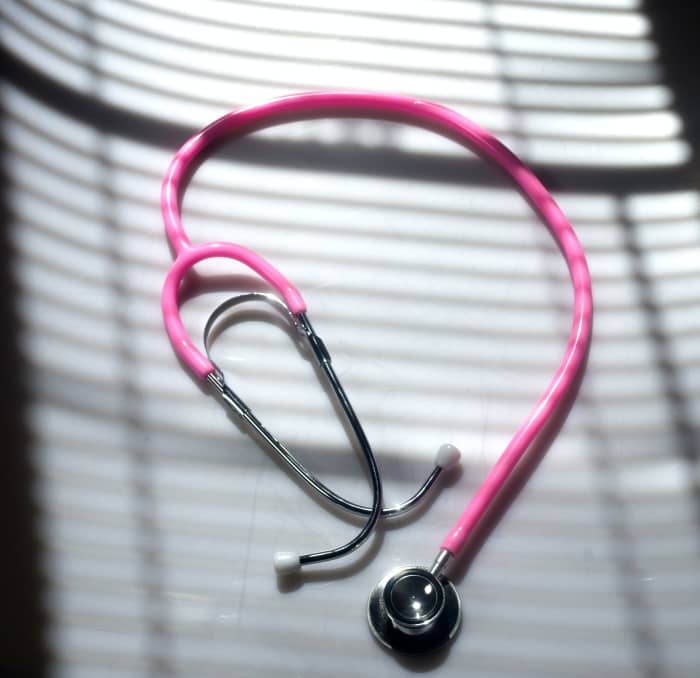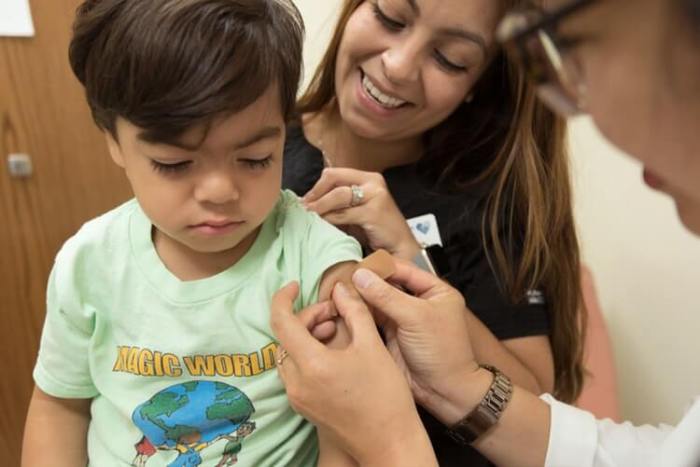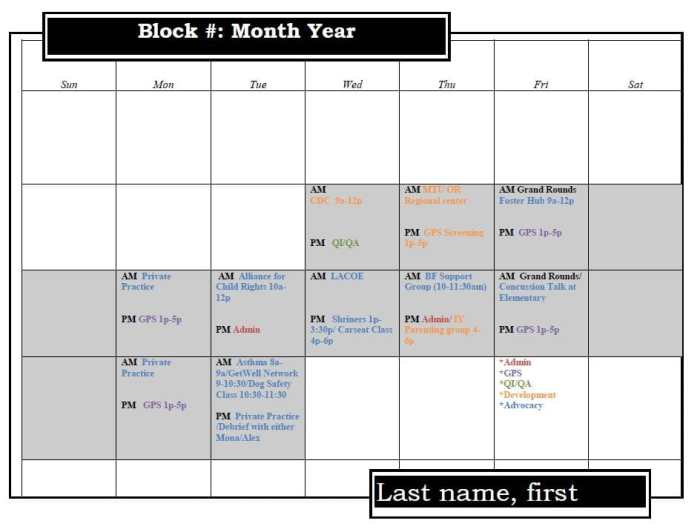On your first pediatrics rotation you meet – Embarking on your first pediatrics rotation marks a pivotal moment in your medical journey. As you delve into the intricacies of caring for young patients, this comprehensive guide will equip you with the knowledge and skills to navigate this transformative experience with confidence and compassion.
Throughout this guide, we will explore the diverse patient encounters you may encounter, delve into the art of differential diagnosis, and discuss the importance of developing tailored treatment plans. Effective communication, teamwork, and ethical considerations will be central to our exploration, ensuring that you are well-prepared to provide exceptional care to your young patients.
Patient Encounters

During your first pediatrics rotation, you will encounter a wide variety of patients, ranging from healthy newborns to critically ill children. Common presenting complaints include fever, cough, abdominal pain, and vomiting. It is important to take a thorough history and perform a physical examination to gather as much information as possible about the patient’s condition.
Differential Diagnoses
When evaluating a pediatric patient, it is important to consider a broad differential diagnosis. This is because children can present with a variety of symptoms that can be caused by a number of different conditions. Some of the most common differential diagnoses you might consider include:
- Respiratory infections (e.g., pneumonia, bronchitis, croup)
- Gastrointestinal infections (e.g., gastroenteritis, appendicitis)
- Urinary tract infections (e.g., pyelonephritis, cystitis)
- Skin infections (e.g., impetigo, cellulitis)
- Neurological disorders (e.g., seizures, meningitis, encephalitis)
It is important to narrow down the differential diagnosis based on the patient’s history, physical examination, and laboratory findings. This can be done by ruling out less likely diagnoses and focusing on the most likely ones.
Treatment Plans, On your first pediatrics rotation you meet
Once you have developed a differential diagnosis, you will need to develop a treatment plan. The treatment plan will vary depending on the patient’s condition. Some common treatments for pediatric patients include:
- Antibiotics for bacterial infections
- Antivirals for viral infections
- Fluids and electrolytes for dehydration
- Pain relievers for pain
- Surgery for certain conditions (e.g., appendicitis, intussusception)
When developing a treatment plan, it is important to consider the patient’s age, weight, and medical history. It is also important to communicate the treatment plan to the patient and their family in a clear and concise manner.
Expert Answers: On Your First Pediatrics Rotation You Meet
What are the most common presenting complaints in pediatric patients?
Common presenting complaints include fever, cough, abdominal pain, vomiting, and diarrhea.
How do I narrow down the differential diagnosis in pediatrics?
Consider the patient’s age, history, physical examination findings, and laboratory results to narrow down the differential diagnosis.
What are the ethical considerations in pediatrics?
Ethical considerations include obtaining informed consent, addressing conflicts between patient wishes and healthcare recommendations, and protecting patient confidentiality.


